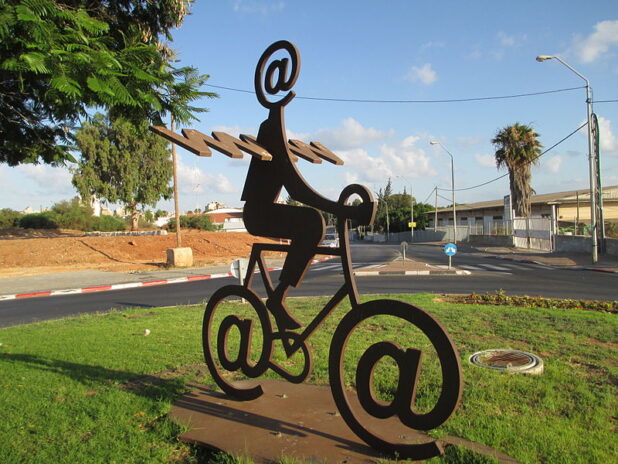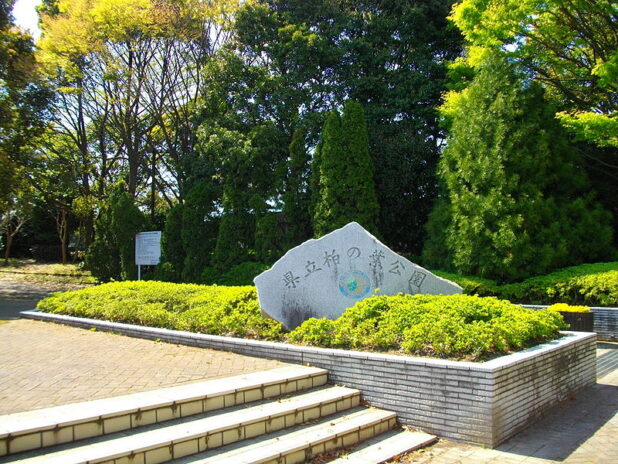Smart D8 project – Dublin 8 to be become more technology integrated? Craig O Reilly has more…
A new initiative for Dublin 8 is set to launch in January 2021. Smart D8 aims to improve health and well-being for the community by using technology to better target resources and improve services. The project involves Dublin City Council and the Digital hub Development Agency, joined also by other companies that already work in health research and business. There will be involvement from hospitals in the area and the National College of Art and Design.
What is a Smart District?
Smart districts are a way of using technology and innovation to improve the quality of life in an area. While this technology is often used in our phones, or for instance with devices like fit-bit, to count a person’s steps and provide feedback on physical exercise, the past few years has seen this technology spread out into what’s termed the “internet of everything”.
With the development of a global internet, technology is increasingly changing the way we interact with the world. The term “internet of things” was first coined in 1999 to describe how people were connecting with each other in new ways. In the past we could communicate without interaction, by watching television for instance, or by telegram and letter, the creation of the phone and subsequently the mobile phone changed this form of interaction forever.
Now in 2020 almost any object can be fitted with digital features. When you get the bus or train for instance, you will probably expect to be able to use wi-fi while on board, though this is only a recent development in Ireland, it’s been surprising to see how quickly this technology has become the norm.
It’s provided people with ways to access the internet, where they can work while they travel, or access books and articles on the go. It’s also allowed the bus services to provide more accurate real-time information. This is an example of how the internet has streamlined the process of travel and improved the service in ways that are easy to forget. ALl of this is tied into what we think of as smart technology.
A smart district works to improve networks in local areas, providing better more stable access to wi-fi. They also focus on innovation, and create hubs for media and business companies. The city centre campus is already home to over 100 firms such as Bizimply, Eventbrite and RT to list only a few. This has been made possible due to improving network infrastructure, and now the idea is to use these technologies to improve health.
In order to look at how this kind of focus has been used elsewhere, we can look to Tokyo. Kashiwa-no-ha in Tokyo uses smart technology to provide support in disasters like Earthquakes. In general, after an earthquake it is often at least three days before power can be restored, but with the use of smart technology, integrated with the electrical facilities, power can be diverted to important areas like elevators and hospital buildings, giving them the ability to work at 60 per cent capacity for at least three days.
This environmental and energy technology could be applied to other countries around the world that struggle to provide effective measures to deal with floods for instance.
How could this apply to Dublin 8?
Though Ireland is not prone to earthquakes and other more severe disasters. Power outages, flooding and other weather catastrophes can still be debilitating, both for businesses and residents.
Smart technology is also used in the area to provide online consultation with doctors, robotic surgery and centralisation of medical records. Smart districts are often chosen due to their proximity to health services, and this has been a factor in choosing Dublin 8 as a Smart district.
Health services will be able to process patients data more quickly for instance, possibly making it quicker to gain access to prescriptions. In Ireland, accessing hospitals and GPs can often be difficult, but for those with disabilities, it can more heavily affect their lives.
The Covid crisis in particular has outlined the need for making less journeys and more essential trips when we do access health services. Smart districts would hopefully allow easier access to health services.
Why it’s important Smart Districts are focused on being a public good
Not everything should be connected to the internet of course, and the ways in which local devices connect should be more than a novelty. It obviously needs to be controlled as all new technologies are, so the D8 smart district project for instance, will be built from the ground up with a focus on health and be tailored to suit the needs of the area.
There have been questions raised about whether patients can trust that centralisation of their medical records would be secure. As we’ve seen in the past with companies like Facebook and Google, there is a huge profit incentive for companies to hold on to customers data. There can also be a danger that technology is being put into place simply because it can be.
People have only in the past few years been made more aware of what their data is used for and where it is going. There have been steps taken by companies like google to try to make the user more aware and give them greater control over its use, but this is an ongoing process.
Many people however, already appreciate the ability to quickly find directions for almost any destination in a matter of seconds, find the quickest route, and time their journey more efficiently. Google maps has delivered this ability, and is used more widely than ever.
Now businesses and Dublin City Council are looking at other areas where such technology could help. It will look at how apps can be used to support people with both short and long term illnesses. This at least, seems to be a major step in the right direction.










